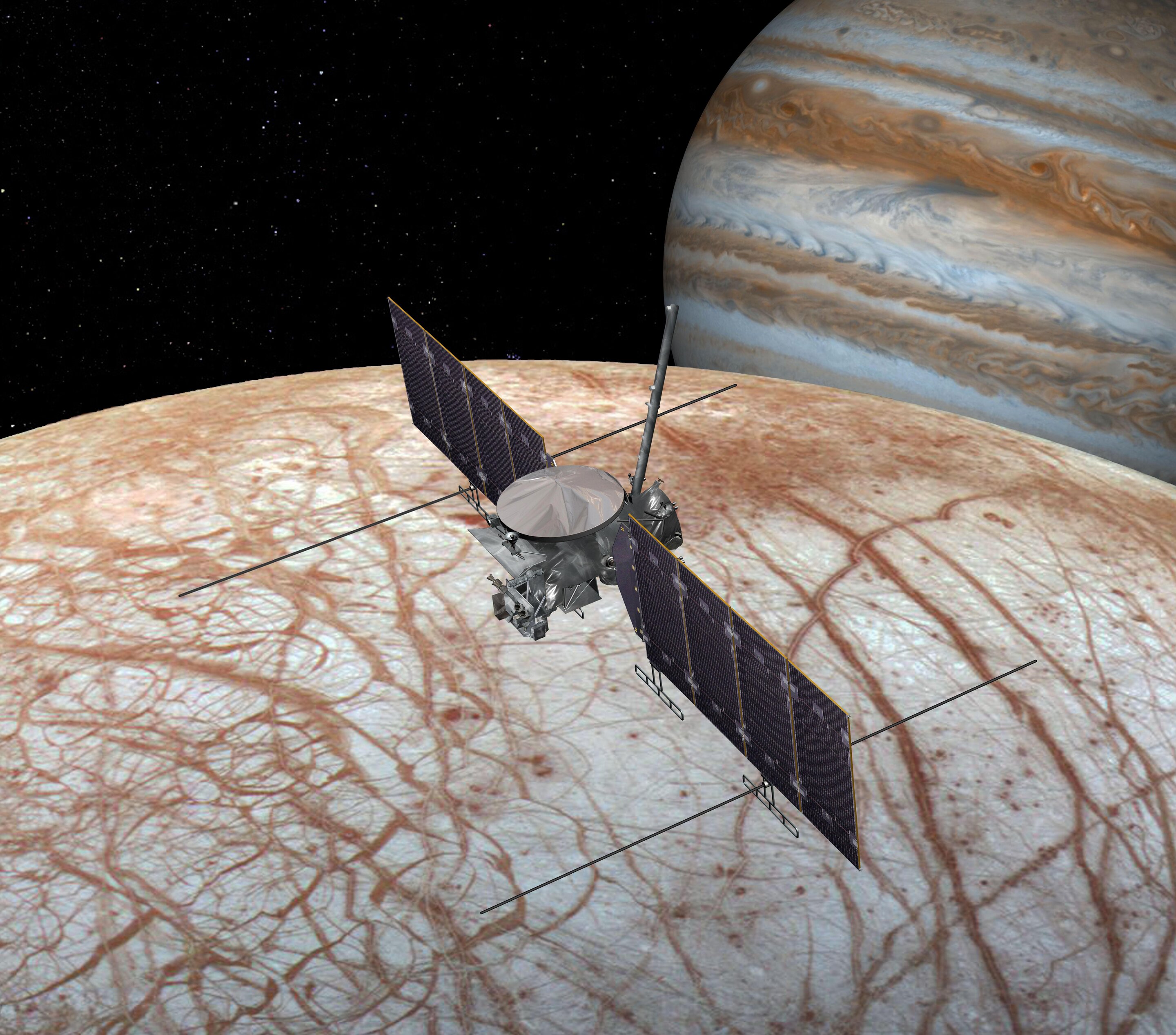NASA, along with other global space agencies, has launched a series of groundbreaking space missions focused on the exploration of Jupiter’s moons, with a particular emphasis on Europa, one of the gas giant's most intriguing satellites. These missions are set to explore the potential for life on other planets and to deepen our understanding of the solar system, marking a significant step in humanity’s quest to discover what lies beyond Earth.
Europa, in particular, has long been a subject of fascination for scientists due to its unique characteristics. Beneath its icy surface, scientists believe Europa harbors a vast ocean of liquid water, which could potentially provide the conditions necessary for life to exist. The new missions aim to study Europa’s surface, its ice shell, and the ocean below, to assess its habitability and explore the possibility of microbial life.
The Importance of Exploring Europa
Europa is considered one of the top targets in the search for extraterrestrial life in our solar system. The moon is about the size of Earth’s moon, but its surface is covered with thick layers of ice that scientists believe may conceal a subsurface ocean. This ocean is kept warm by tidal forces created by Jupiter’s immense gravity, potentially allowing the ocean to remain liquid despite the extreme cold of space.
The mission to Europa, known as the Europa Clipper, will focus on characterizing the moon’s ice shell, subsurface ocean, and geology. The spacecraft will make multiple flybys of Europa, gathering high-resolution images of its surface and conducting detailed scientific observations. By studying the surface and composition of Europa’s ice, scientists hope to learn more about the moon’s potential to support life and its geological activity, which could give clues to the past and future conditions of other icy worlds in the solar system.
Expanding Our Understanding of the Outer Solar System
These missions not only aim to explore Europa but also other moons of Jupiter, such as Ganymede and Callisto, which are also thought to have subsurface oceans. While the primary focus is on Europa’s potential for life, these moons offer valuable insight into the diversity of planetary bodies in our solar system.
NASA’s Europa Clipper mission is part of a broader initiative to study the outer solar system, and it aligns with the Juno mission currently orbiting Jupiter, which has provided stunning insights into the gas giant’s atmosphere and magnetic field. By combining data from multiple missions, scientists hope to uncover the mysteries of Jupiter’s moons and their potential to support life.
Additionally, other space agencies, such as the European Space Agency (ESA) and the China National Space Administration (CNSA), are also planning missions to the outer solar system. These missions will help to further explore the gas giant’s moons and gather additional data that will contribute to understanding the solar system's origins and the potential for life beyond Earth.
The Search for Life Beyond Earth
The search for life beyond Earth is one of the most profound endeavors of modern space exploration. The discovery of liquid water, along with the organic molecules necessary for life, would be groundbreaking. Europa, with its hidden ocean, represents a prime target for this search. Previous studies have shown that the ocean beneath Europa’s icy crust is in contact with the moon’s rocky mantle, creating the potential for the chemistry required for life. The upcoming missions aim to explore this further, focusing on analyzing the chemical composition of the ocean and whether it could sustain microbial life.
The data collected during these missions will not only help scientists understand Europa’s potential for hosting life but could also provide valuable insights into the conditions that allowed life to evolve on Earth. By studying moons like Europa, scientists are better equipped to identify other potentially habitable worlds beyond our solar system, paving the way for the search for life on exoplanets.
Future Exploration and the Next Steps in Space Discovery
The missions targeting Jupiter’s moons are just the beginning of humanity’s quest to explore the outer reaches of our solar system. Following the Europa Clipper, NASA plans additional missions aimed at studying the icy worlds of the outer solar system, including plans for further exploration of Titan, Saturn’s largest moon, which is another promising candidate for the potential of life.
These missions are part of a broader effort to expand our knowledge of the cosmos and answer some of humanity’s most fundamental questions. As technology continues to advance, space agencies will continue to refine their instruments, develop new spacecraft, and increase our capacity for exploration beyond Earth.
Conclusion: A New Era in Space Exploration
The launch of new space missions to explore Jupiter’s moons, particularly Europa, marks a significant moment in space exploration history. These missions will expand our understanding of the potential for life on other planets and provide vital information about the nature of icy moons and their subsurface oceans. The search for life beyond Earth remains one of the most exciting frontiers in science, and as these missions unfold, they promise to uncover new mysteries that will help shape our understanding of the universe for generations to come.






